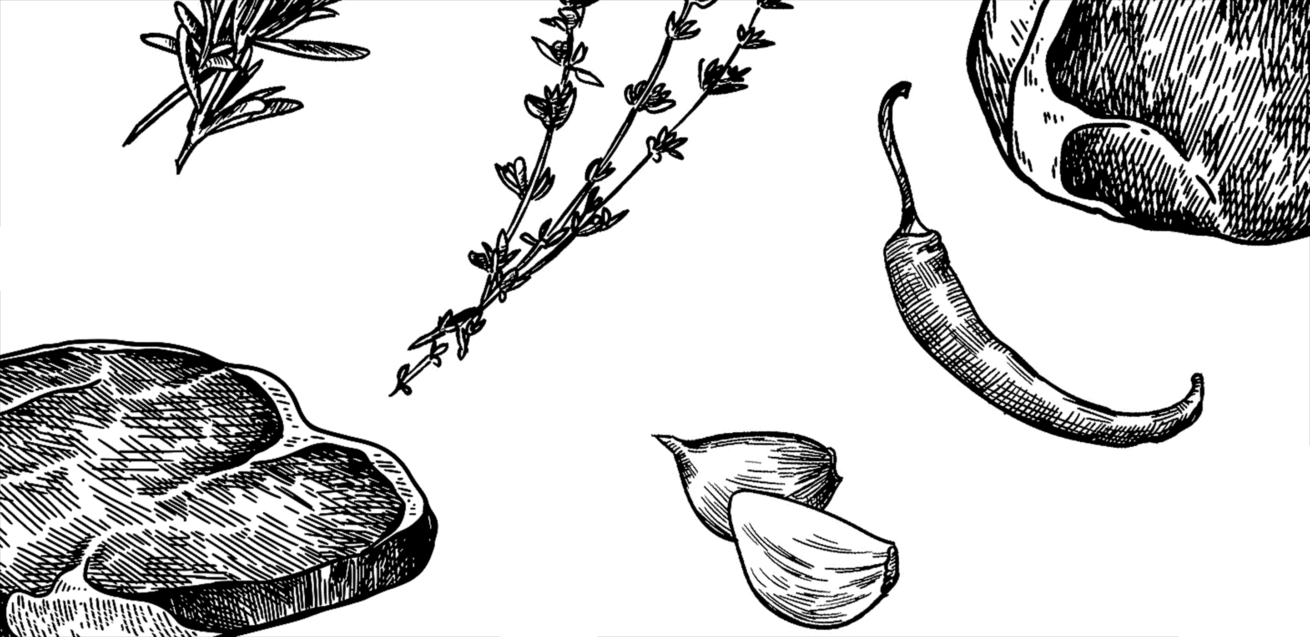BACONAbout Good MeatSeason of the Chef
The Truth About Store-Bought vs Pasture-Raised Lard

Let's build a Good Meat® movement today.
Donate today!
We’ve all heard that lard is bad for you.
But it’s not the lard—it’s how the pig the lard came from was raised.
Pigs that root around in the pastures foraging for grubs, seeds, and grasses, not only have a better quality of life than commercially-raised pigs, but they also get a much more diverse diet, which results in more nutrient-dense and delicious meat and fat. Lard you find at the grocery store is hydrogenated for shelf-stability, and therefore contains high levels of trans fats. It also usually comes from commercially-raised pigs who only eat grain, without the nutritional benefits that come from a diverse diet on pasture.
Non-hydrogenated lard from pasture-raised pigs from your local farmer or butcher will have healthier fats and higher levels of omega fatty acids, vitamins, minerals, and micronutrients.
Often your local farmer or butcher will sell pork fat rather than rendered lard, but rendering your own lard is easy! Lard is just fat that has been melted slowly and cooled to re-solidify. There are lots of easy recipes online for rendering your own lard. No special equipment or skills required. For the purest, highest quality lard, ask your farmer or butcher for leaf fat—but any pastured pork fat will do. Then enjoy healthy animal fats for superior flavor and texture in your baking and cooking!
Want to learn more about how to cook with your pasture-raised lard?
Popular Links

Let's do some good!
Sign up for our newsletter. We’ll keep you informed and inspired with monthly updates.